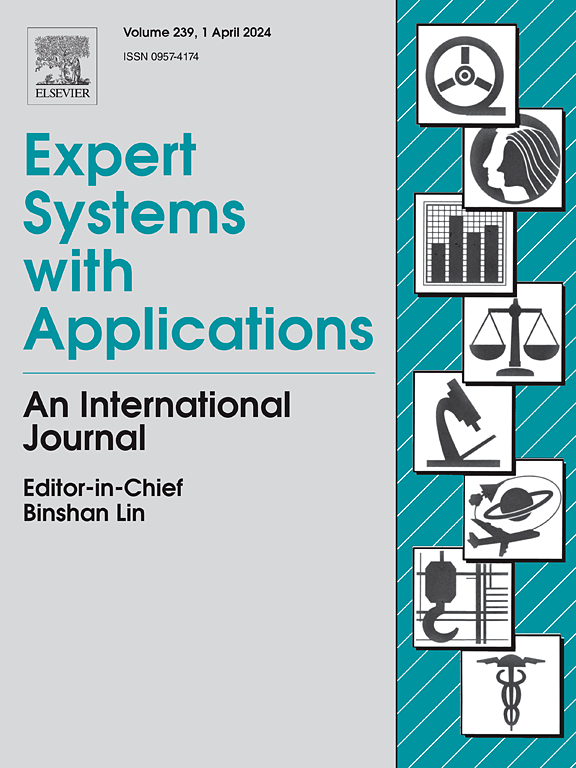LRM-MVSR: A lightweight birdsong recognition model based on multi-view feature extraction enhancement and spatial relationship capture
IF 7.5
1区 计算机科学
Q1 COMPUTER SCIENCE, ARTIFICIAL INTELLIGENCE
引用次数: 0
Abstract
Bird diversity is crucial to biodiversity, and bird song recognition plays a key role in population monitoring and ecological conservation. However, bird song recognition faces two major challenges in practical applications: first, background noise interference affects the spatial representation of features, and second, the model is computationally expensive. To address these problems, this paper proposes a lightweight birdsong recognition method (LRM-MVSR) based on multi-view feature extraction enhancement and spatial relationship capture. The method first extracts bird song features using Log Power Spectrum (LPS) and Meier frequency cepstrum coefficients (MFCC), then enhances the expressiveness of bird song signal features by suppressing the background noise using Multi-View Feature Extraction Enhancement (MVFE), and further distinguishes the spatial relationships among different features using Pyramid Split Residual Block (PSRB). To reduce the complexity of the model, ShuffleNetV1 downsampling module and Shuffle Attention are also integrated to construct the backbone network SANet, which enhances the model’s ability to perceive different bird song sound features and effectively discriminate the similarity of features in bird songs. The experimental results show that LRM-MVSR achieves recognition accuracies of 97.84%, 95.71%, and 94.80% on the customized Birdselfdata, public Urbansound 8K, and Birdsdata datasets, respectively, which are superior to existing methods. These results indicate that LRM-MVSR effectively solves the key challenges in bird song recognition, while realizing efficient and accurate recognition, providing a powerful tool for ecological conservation.
求助全文
约1分钟内获得全文
求助全文
来源期刊

Expert Systems with Applications
工程技术-工程:电子与电气
CiteScore
13.80
自引率
10.60%
发文量
2045
审稿时长
8.7 months
期刊介绍:
Expert Systems With Applications is an international journal dedicated to the exchange of information on expert and intelligent systems used globally in industry, government, and universities. The journal emphasizes original papers covering the design, development, testing, implementation, and management of these systems, offering practical guidelines. It spans various sectors such as finance, engineering, marketing, law, project management, information management, medicine, and more. The journal also welcomes papers on multi-agent systems, knowledge management, neural networks, knowledge discovery, data mining, and other related areas, excluding applications to military/defense systems.
 求助内容:
求助内容: 应助结果提醒方式:
应助结果提醒方式:


